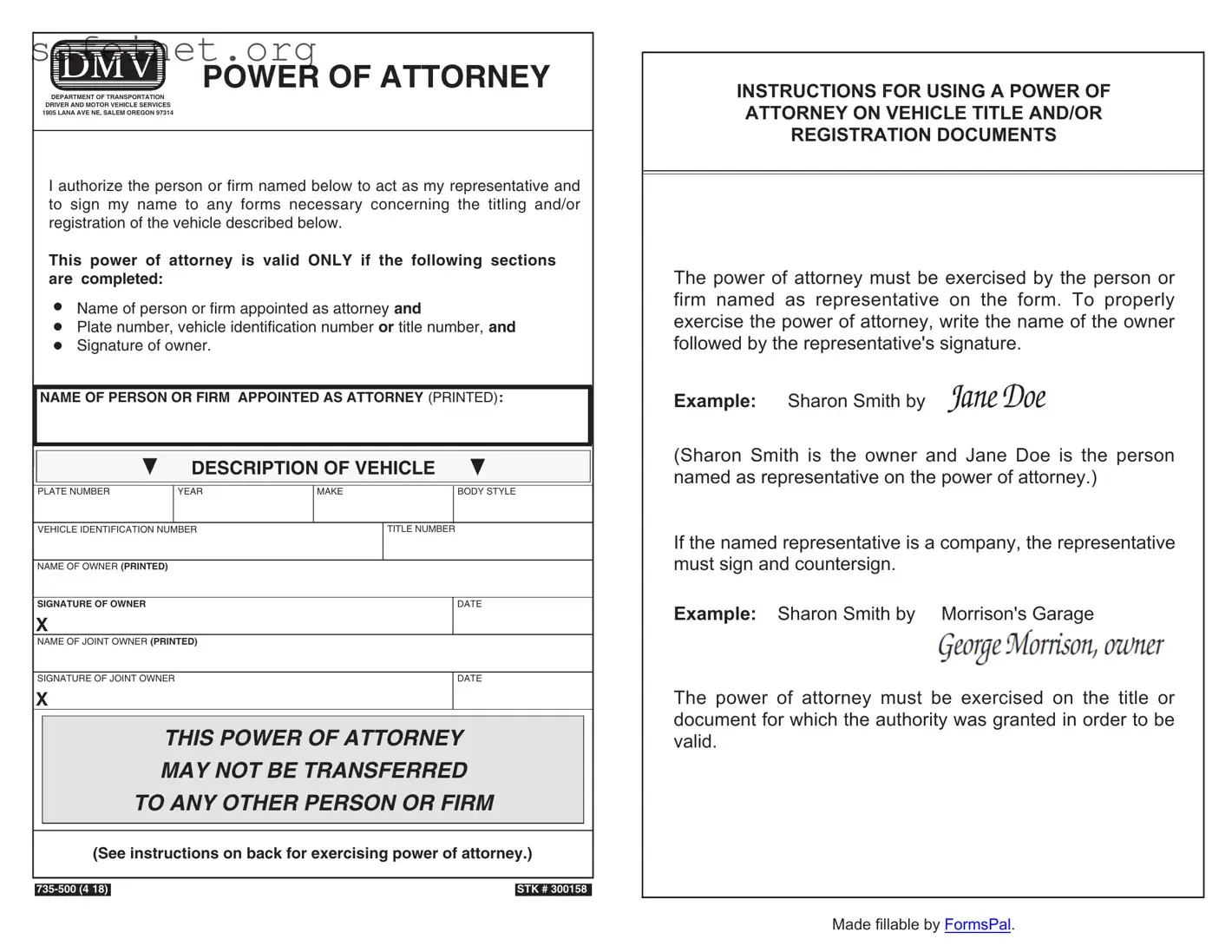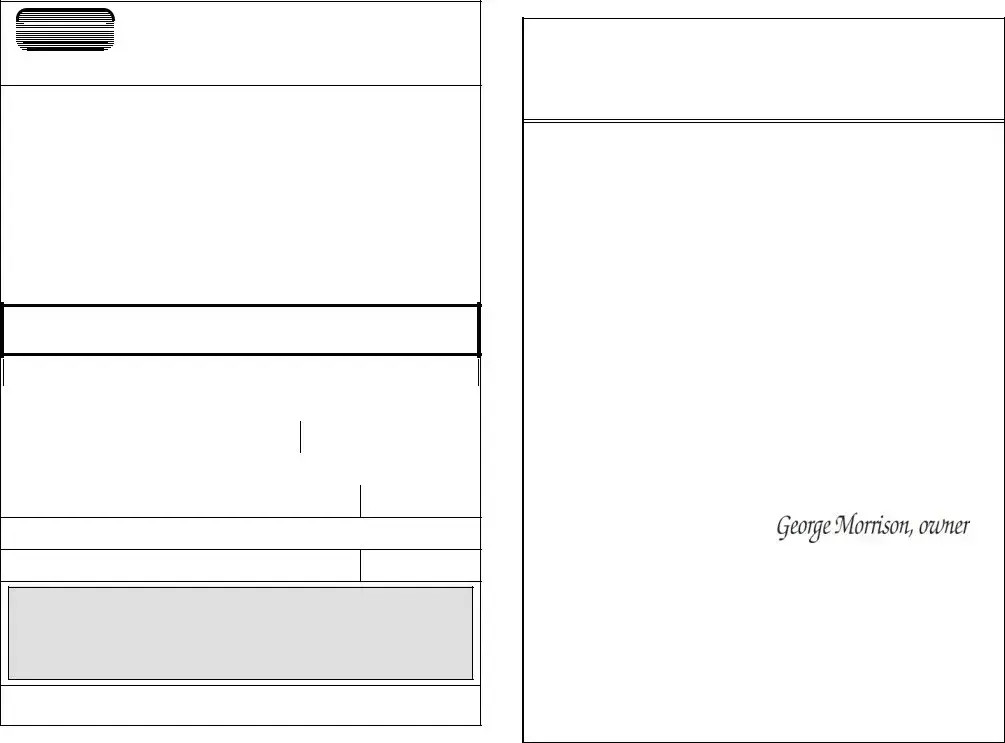What is the Vehicle POA form 735-500?
The Vehicle POA (Power of Attorney) form 735-500 is a legal document that allows one individual to authorize another person to act on their behalf regarding vehicle-related transactions. This can include tasks such as registering a vehicle, signing titles, or applying for permits. The form is particularly useful for individuals who may be unable to complete these tasks in person due to various reasons, such as illness or being out of state.
Who can use the Vehicle POA form 735-500?
Any vehicle owner or their legal representative can use the Vehicle POA form 735-500. This includes individuals who are selling a vehicle, purchasing a vehicle, or need someone to handle vehicle transactions due to incapacity or absence. It is essential that the person granting the power is of sound mind and capable of understanding the implications of the document.
How do I complete the Vehicle POA form 735-500?
To complete the form, you will need to provide specific information, such as the name and address of both the vehicle owner and the appointed representative. Additionally, you must include details about the vehicle, like the make, model, year, and vehicle identification number (VIN). It’s crucial to read the form carefully and ensure all relevant sections are filled out accurately before signing. Don’t forget that signatures must be dated.
Is the Vehicle POA form 735-500 revocable?
Yes, the Vehicle POA form 735-500 can be revoked at any time by the person who originally signed the document. To revoke the power of attorney, it is advisable to provide a written notice to the appointed representative and any institutions that were relying on the original power of attorney. Keep in mind that revoking a POA does not negate any actions that were legally completed while it was active.
Where can I obtain the Vehicle POA form 735-500?
The Vehicle POA form 735-500 can typically be obtained from the DMV or Department of Motor Vehicles website in your state. Some states may also allow you to fill out the form online. Alternatively, you can request a hard copy by visiting your local DMV office or seeking legal assistance.
How long is the Vehicle POA form 735-500 valid?
The validity of the Vehicle POA form 735-500 can vary based on state laws and how the document is executed. Generally, it remains valid until the specific transaction is completed, the owner revokes it, or in some states, until the vehicle ownership changes. For clarity, always check with your state’s regulations regarding the duration of power of attorney documents.



 POWER OF ATTORNEY
POWER OF ATTORNEY